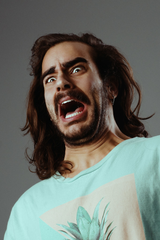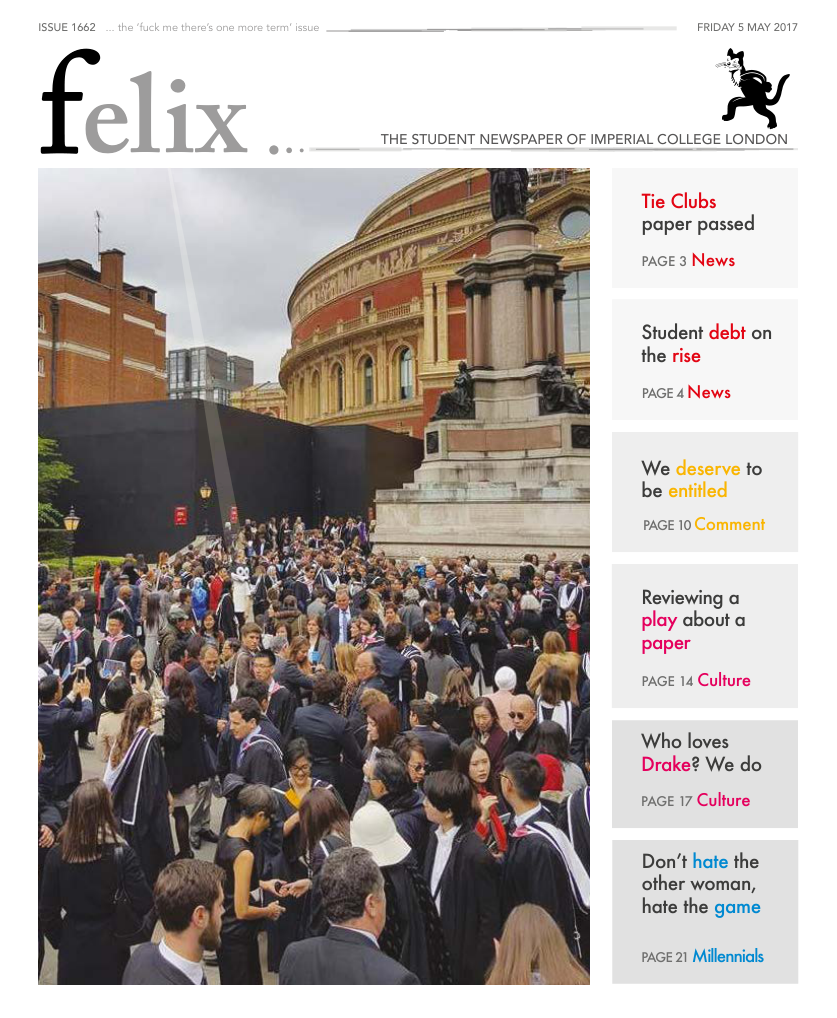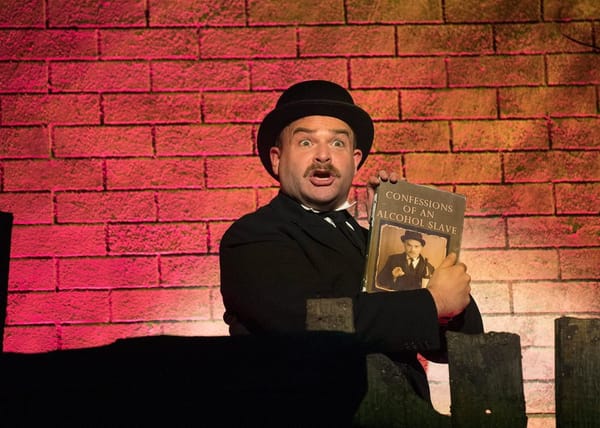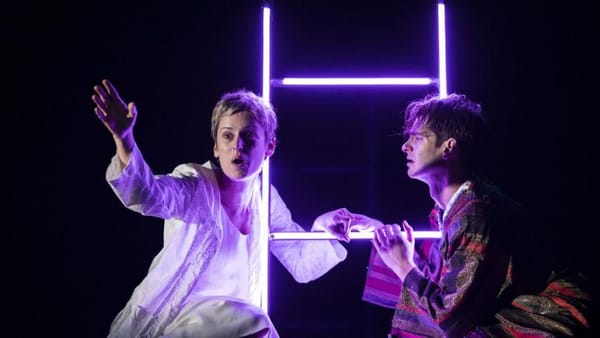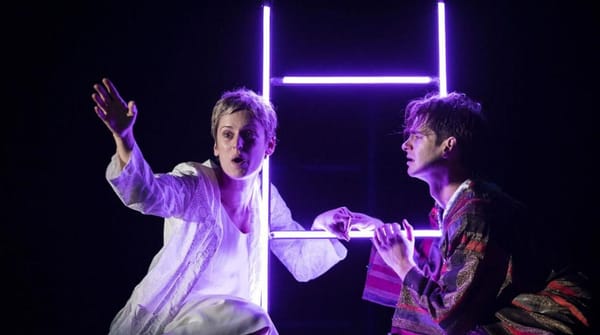Madama butterfly | A non-opera-goer's review
Madama Butterfly was on stage from the 20th of March to the 25th of April 2017 as part of the Spring 2016/17 season
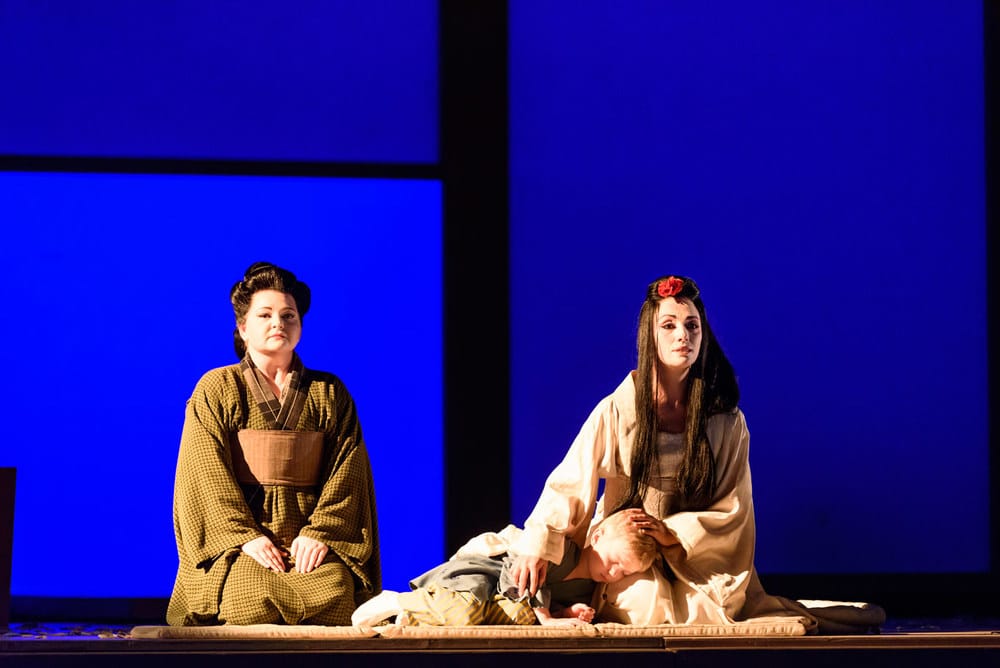
The Royal Opera House’s Madama Butterfly is a modern take on the operatic classic that showcases a jaw-dropping performance from Ermonela Jaho. Despite this, the newest rendition of Puccini’s ‘ode’ to Japan doesn’t quite pack the punch it needs to drag the piece out of its orientalist past.
The production attempts to separate the outdated writing from the performance by creating a minimalist experience. The set design and lighting are phenomenal; minimalism and subtlety come together to create an homage to the Japanese reverence for attention to detail, precision, harmony, and simplicity. Rice paper Shoji (screen doors) form the centrepiece of the stage, slowly opening and closing, reshaping the stage, repositioning characters from the dark nights to fragrant spring gardens. The lights create soft gradients of blues and oranges which Cio-Cio-San (Ermonela Jaho), usually clad in white or pale pastels, gracefully dips in and out of.
The costumes, too, are simple and elegant. It is this simplicity that clashes with the over-dramatisation of some of the performances (we get it, you’re a butterfly – stop flapping your kimono sleeves now please), causing dissonance and drawing attention to some of the more problematic elements of Puccini’s opera. The whiteness of the cast is stressed by the geisha get-ups that verge on yellow-face.
The undercurrent of orientalism really is a shame because Jaho’s performance is in fact quite beautiful. I lack the expertise to judge her on her technique but the American couple behind me did say it was one of the best performances they’d ever seen (and this was the third Madama Butterfly they’d sat through) while the reviewer next to me, a man in his sixties or seventies, burst into tears not once but twice during the performance (and even I choked up towards the end but I mean SPOILER ALERT she is about to commit suicide in front of her three year old child and I’m not a monster) – so hey.
The opera has not only been written but is often performed in a way that intentionally or not, at times feels like a parody of the Japanese culture. The Royal Opera needs to drag its interpetations out of irrelevance if it is to attract a younger audience, it is difficult to see how Madama Butterfly will stand the test of time unless it is radically re-approached, starting with with a cast that reflects its our current cultural standing and expectations.


